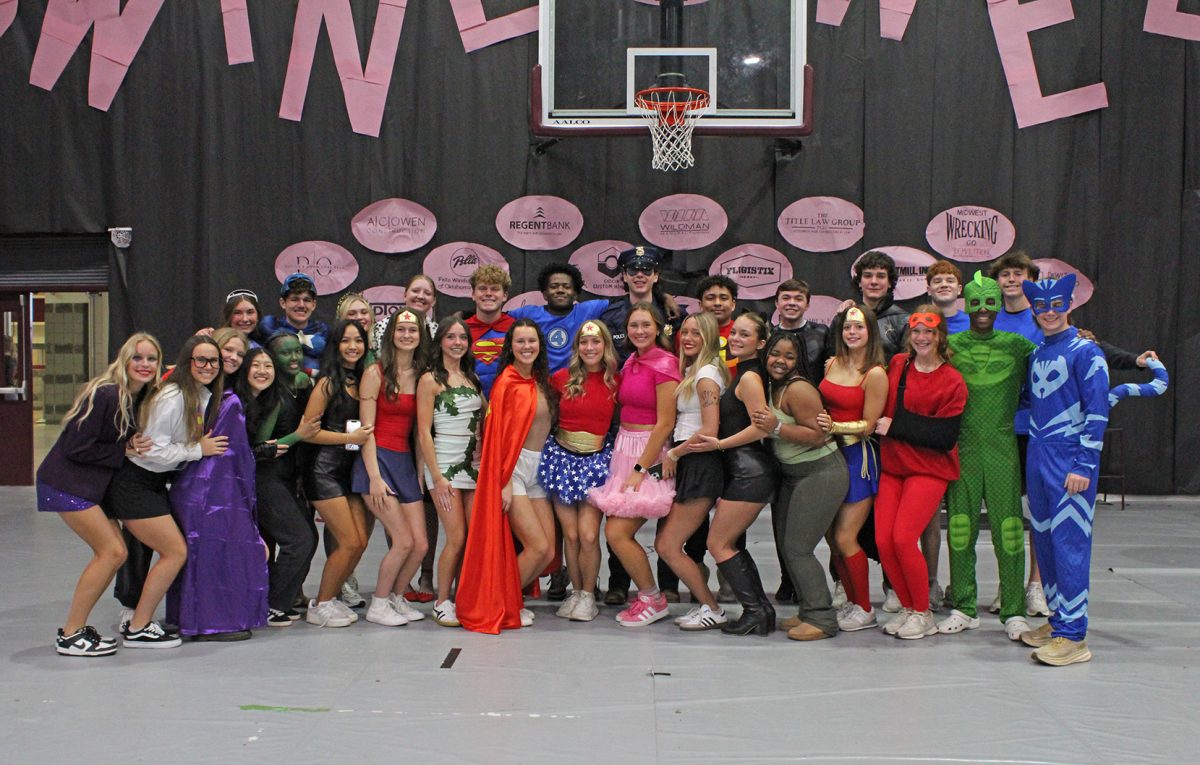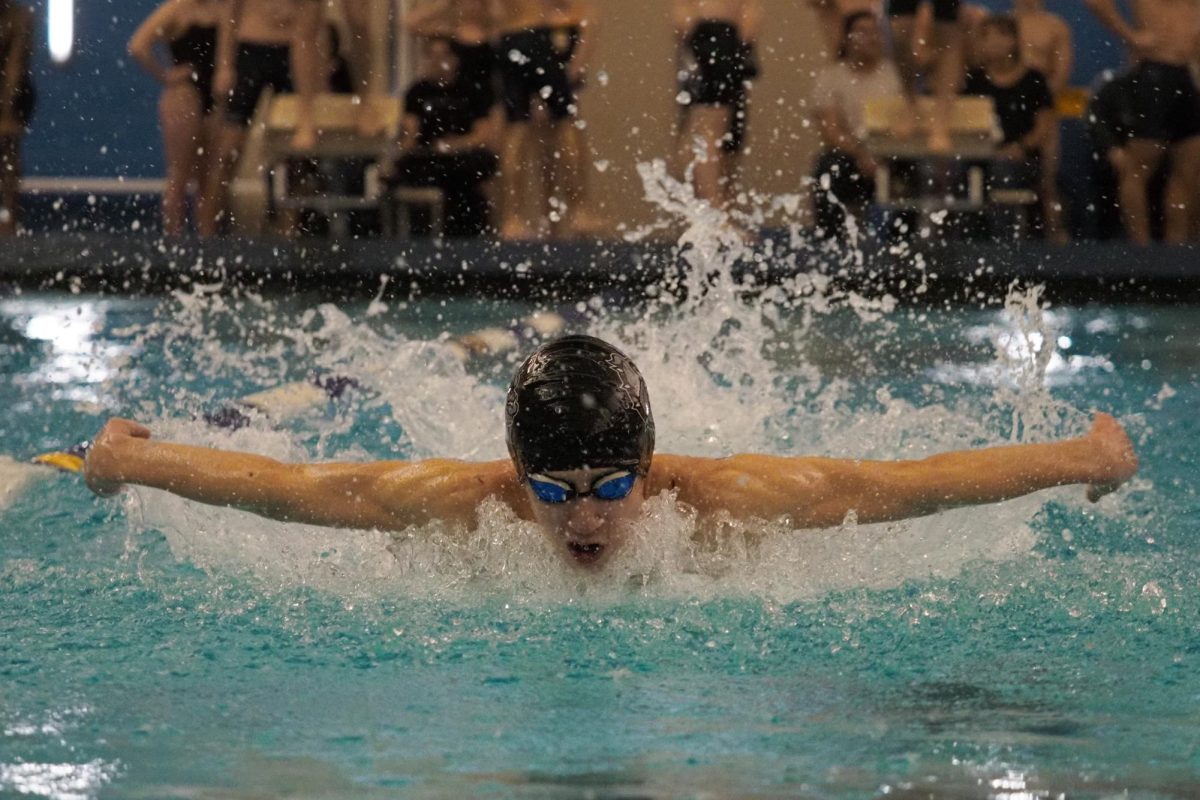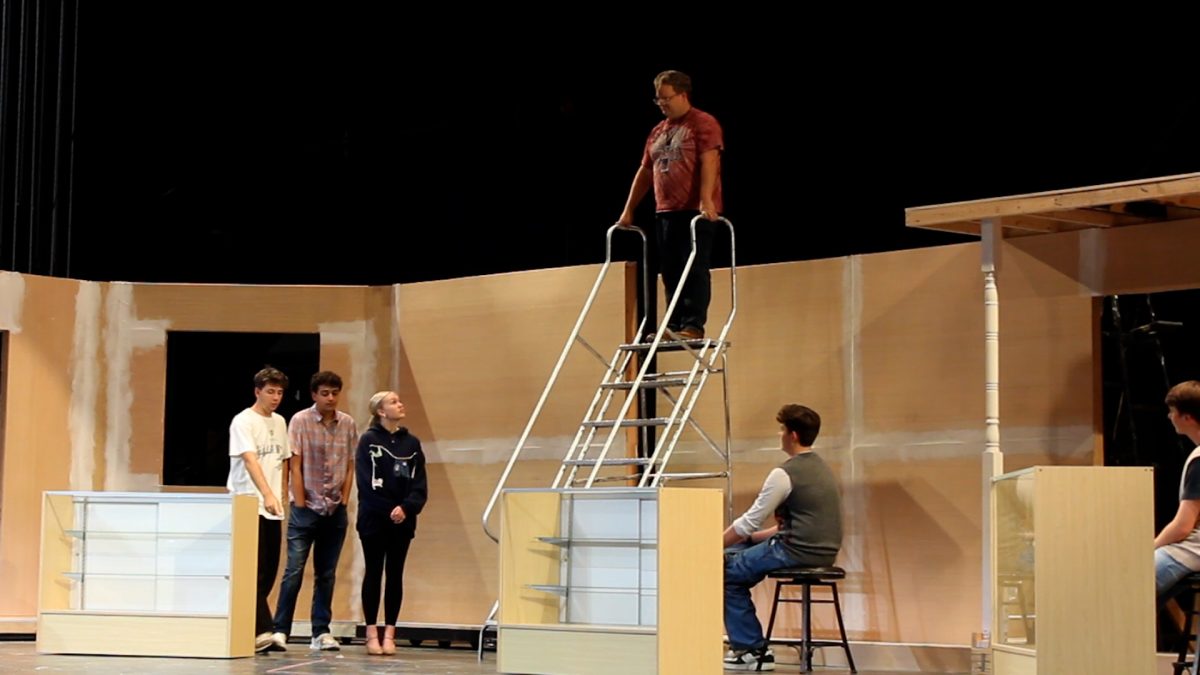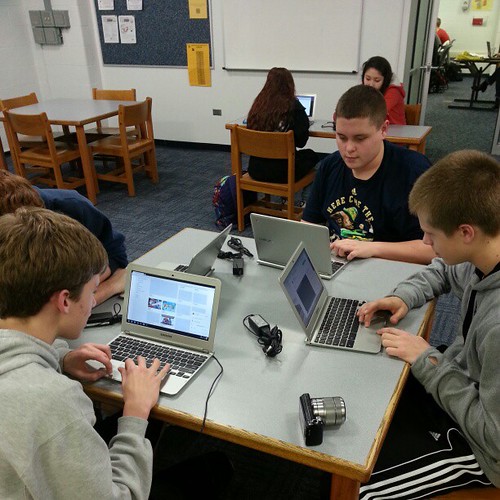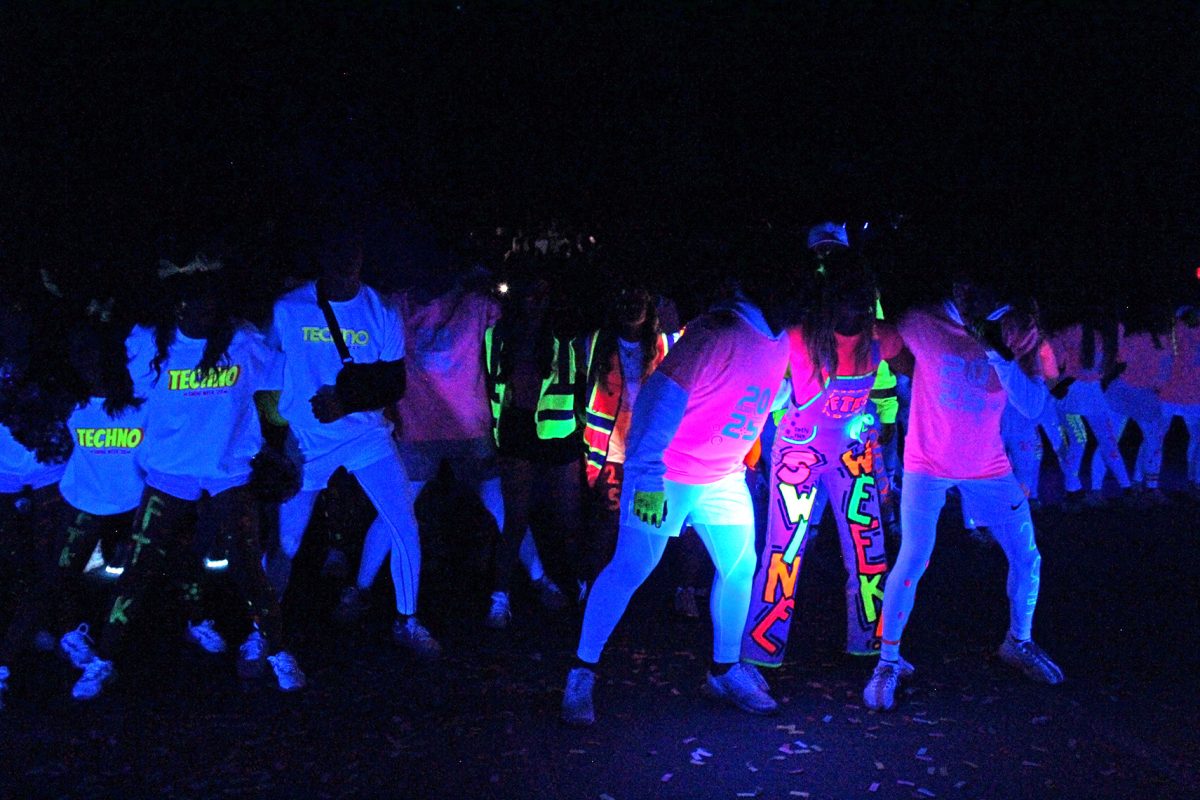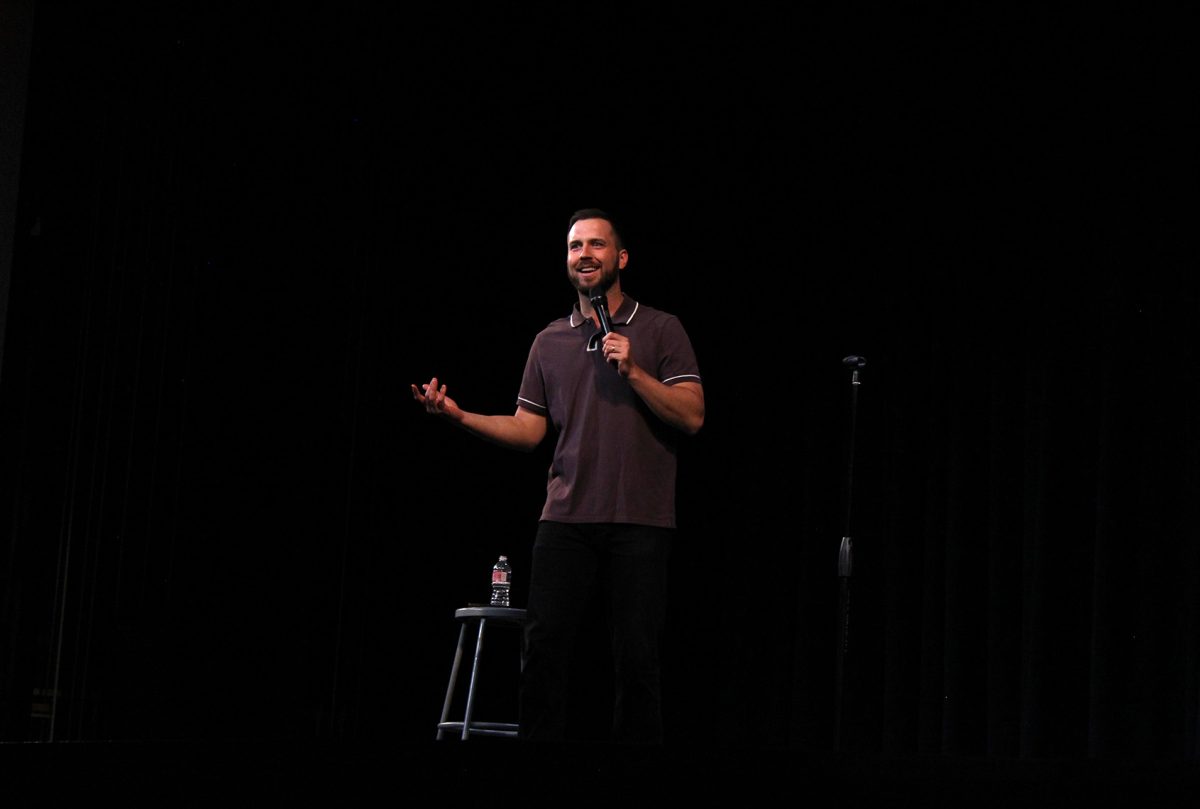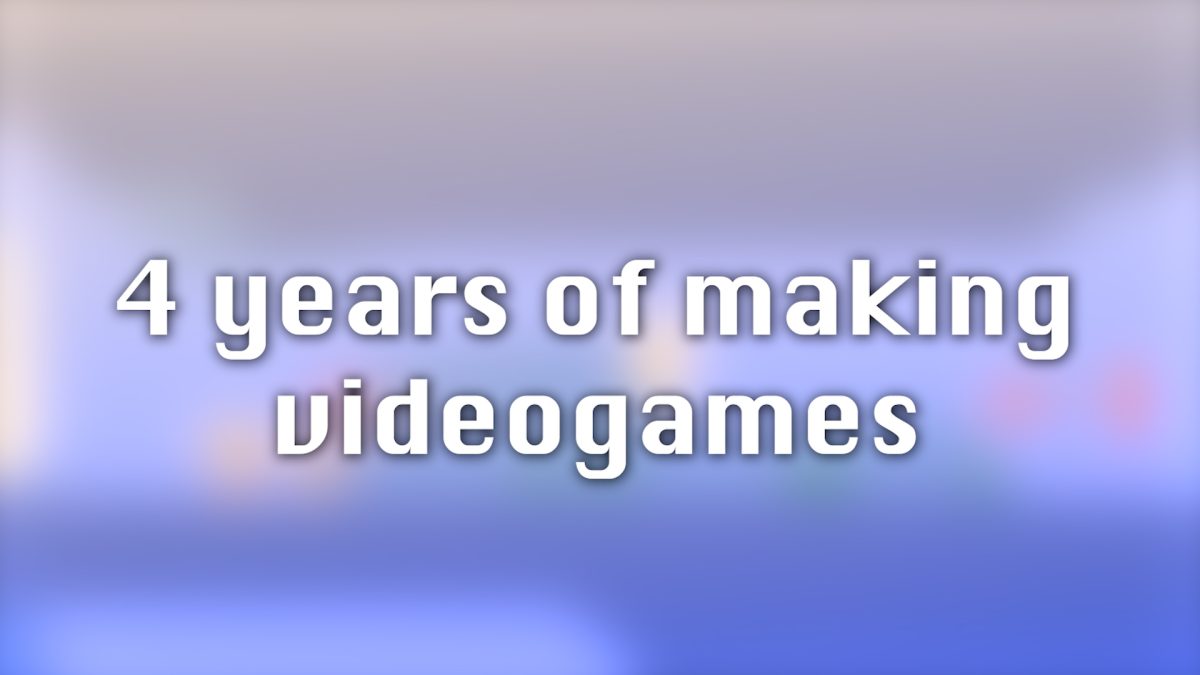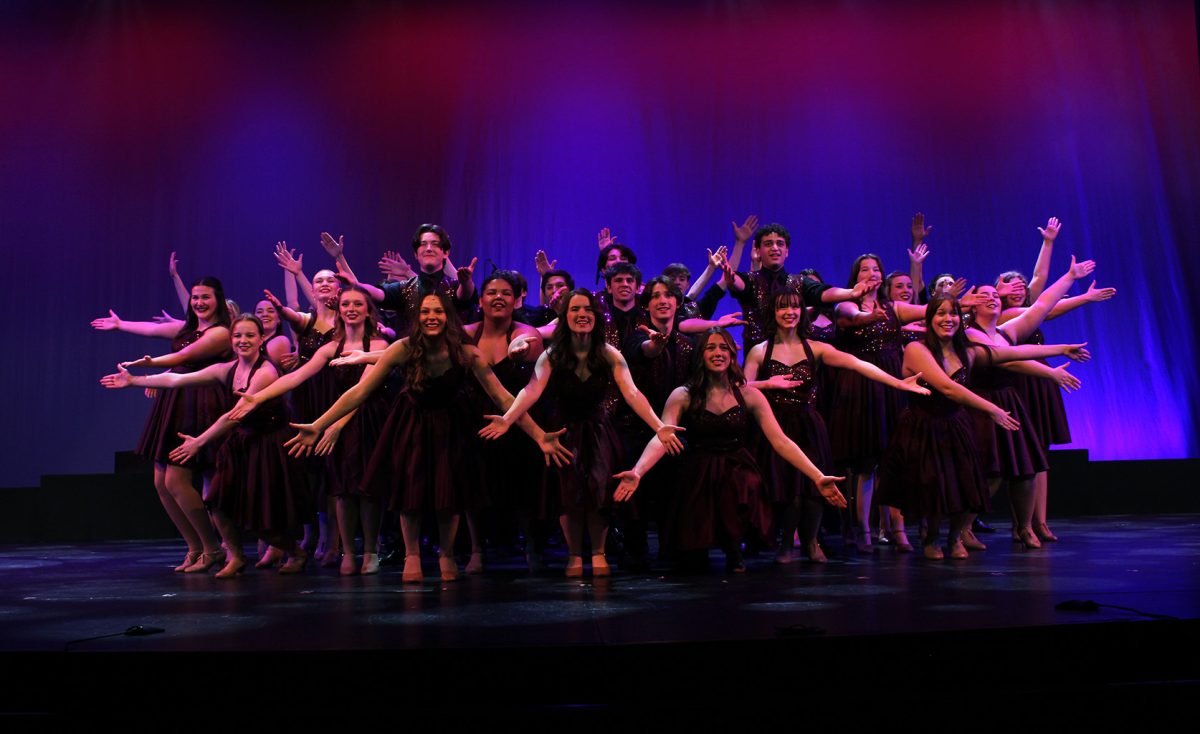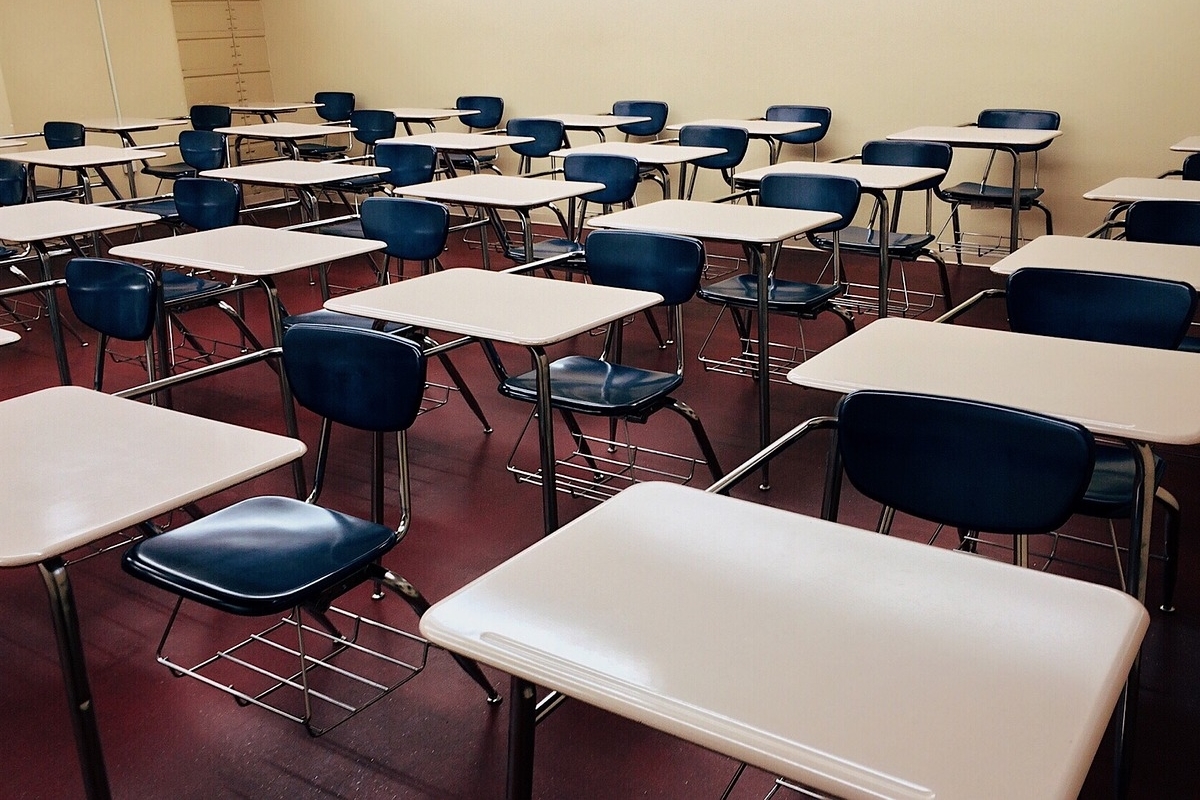If there is one time of year every student hates or will learn to hate, it is finals week. Finals are a source of stress for many due to their massive 20% influence on a student’s final grade for each subject.
Studying. It’s no one’s favorite pastime to do and sometimes it feels impossible, but it sure is effective. It is easy to recognize that studying is important; however, how to study is often less intuitive. The first step is to find a quiet place that is comfortable. This can be one’s room, dinner table or even outside locations such as Starbucks or a library.
Once a location has been found, it’s time to buckle down and start working. There are almost an infinite amount of ways to study, but here are four different types that are quite helpful for different types of learners.
Spaced repetition is one way in which students can study. This type of studying occurs throughout the entire semester, as the method calls for reviewing at decreasing intervals throughout the learning process of the content. However, a modified version, the “box method” can be done for this semester’s finals even now. The “box method” is a system in which one takes two boxes and flashcards. First, begin with all the flashcards beginning in the first box, with all cards being reviewed the same number of times. However, once a student becomes more comfortable with some of the flashcards, they go into the second box, to be studied with less frequency. This method helps the student organize information to be studied by what they feel more knowledgeable of versus what they need to work on more.
Another way is the commonly employed mass practice. This involves doing a few very long study sessions, which can help one brush up for big exams. However, many believe that this is detrimental to the learning process. Distributed learning, or taking smaller but near-daily study sessions, is thought to be more beneficial in the long run. While it may be too late in the semester to effectively employ this method, one can still spend every night from here on doing little by little instead of cramming it in the night before the exam.
Another way to study is known as the Feynman Technique. This technique will require at least one more person, like a sibling, guardian or friend. There are four steps, with the first being to begin lightly studying as seen fit. Once ready, the student moves on to the second step, teaching someone else the subject. In doing so, ask the person being taught if they have any questions or feel like some of the content being taught is confusing. Once one has feedback, go back to studying like in step one; however, this time, focus on the areas the other person found confusing to fill the gaps in a student’s knowledge.
Aside from studying, there are many other things to keep in mind going into finals. One of these is to make sure to sleep an adequate amount during the nights leading up to finals. Another great way to make sure one’s mind is ready is to eat a nutritious breakfast in the morning.
Finals are seen as a huge obstacle to many, but it is something that should not be excessively stressed about. There are ways to fight through it, such as the many types of studying, eating a nutritious breakfast and sleeping eight hours or more leading up to and during finals.
Contact Lathan Pearce at emhsruffdraft@edmondschools.net



